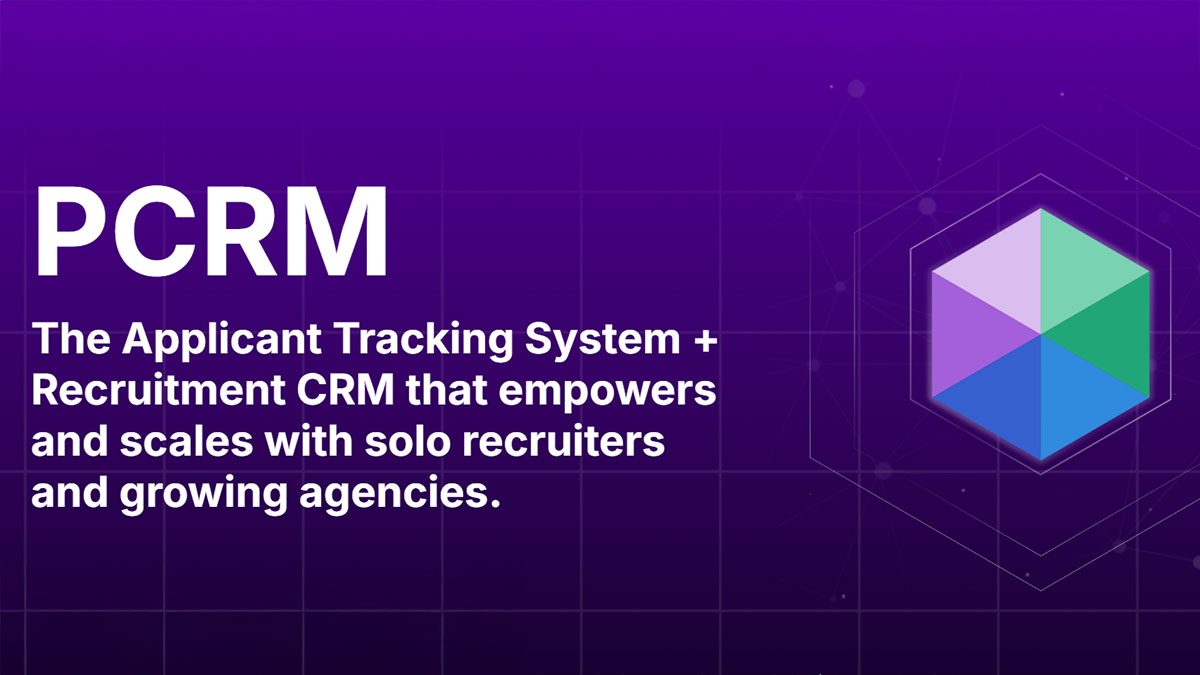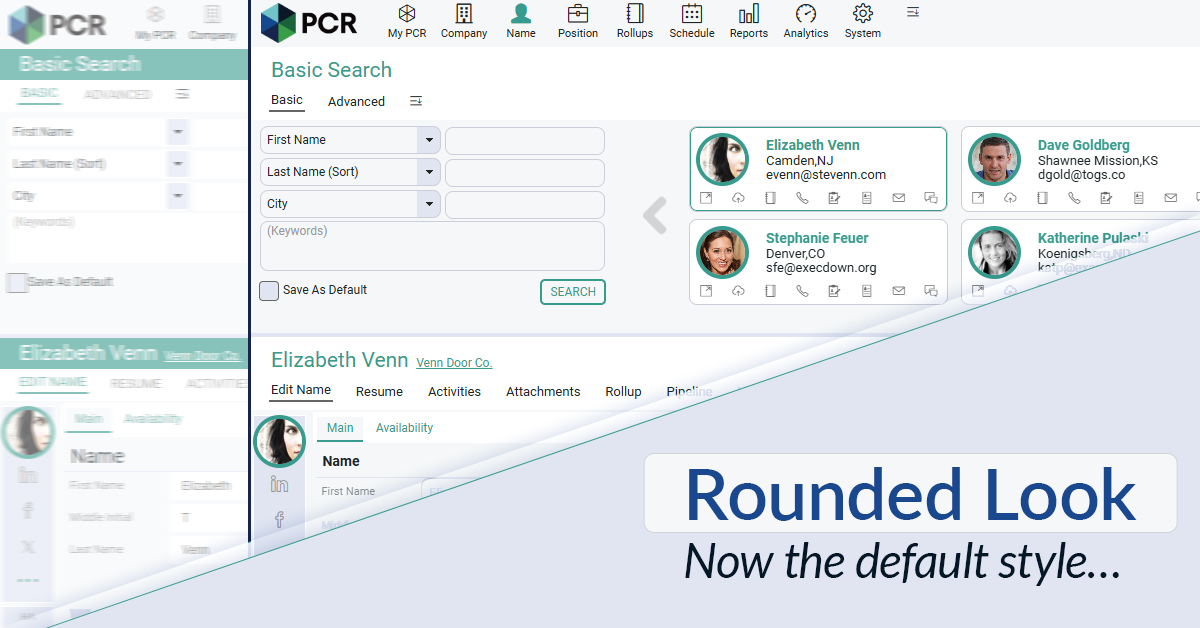Many people will tell you they’re great multitaskers — who hasn’t seen that in a cover letter? However, the work of researchers like Victor M. González, Ph.D., Gloria Mark, Ph.D. and David Strayer, Ph.D. indicates otherwise.

Their studies in the areas of attention span and time management show that most of us are actually engaged in rapid task-switching rather than actual multitasking. True “supertaskers,” capable of simultaneously and fully paying attention to many things, are rare. In fact, when Strayer and his team asked 200 people to drive a vehicle while talking on the phone, doing math problems, and remembering a list of words, 97% failed to keep up with all of it.
The consequences of dividing your attention as a recruiter can be significant. Perhaps not as serious as crashing a vehicle, but more impactful than you might expect! Fortunately, there are tools and techniques to help recruiters avoid the pitfalls of trying to do it all at once.
Studies like Strayer’s show that most people’s brains are just not wired for true multitasking. What we perceive as multitasking is actually redirection of our attention from one task to another in quick succession. This illusion of efficiency comes with some clear drawbacks:
Workflow management tools and strategies can be valuable allies in the recruiter’s battle against ‘simulated multitasking.’ The goal is to organize, prioritize, and track your work, while minimizing distractions and supporting a more focused approach. Here are some common tools and methods:
For recruiters, one particularly effective method of prioritizing and staying on task is to embrace the power of sequencing, which helps you dedicate attention to just one task at a time. This shift in approach can help you get through your calls, emails, LinkedIn outreach, and beyond with greater intentionality. It has the added bonus of making it much easier to onboard new recruiters to get started without having to be concerned with what to do next.
Here’s how to incorporate sequencing into your recruiting operation:
While the above focuses on individual strategies, it’s essential to acknowledge the broader context. Truly combating the negative effects of multitasking also requires organizational and societal change. Workplace cultures that value constant availability, rapid response times, and an “always-on” mentality contribute to the problem.
By advocating for healthier work-life boundaries, promoting focused work practices, and implementing organizational policies that support these shifts, we can create a more sustainable and productive work environment for recruiters and the companies they serve.
Want to learn more about how PCRecruiter + Sequencing can help your recruiting operation achieve greater success? Get in touch!

PCRM — the CRM and Recruitment ATS hybrid built specifically to empower and scale with solo recruiters and growing agencies — is now available.
Read more
Recruitment professionals are facing a new challenge in today’s digital landscape: scammers posing as legitimate recruiters. These scammers are increasingly targeting remote work job seekers, causing some candidates to become wary of all recruitment outreach.
Read more
The Rounded Look for inputs and navigation elements has been made the default style throughout PCR. This rounded style can be combined with any of the seven color themes.
Read moreFind out more about who we and what we do.